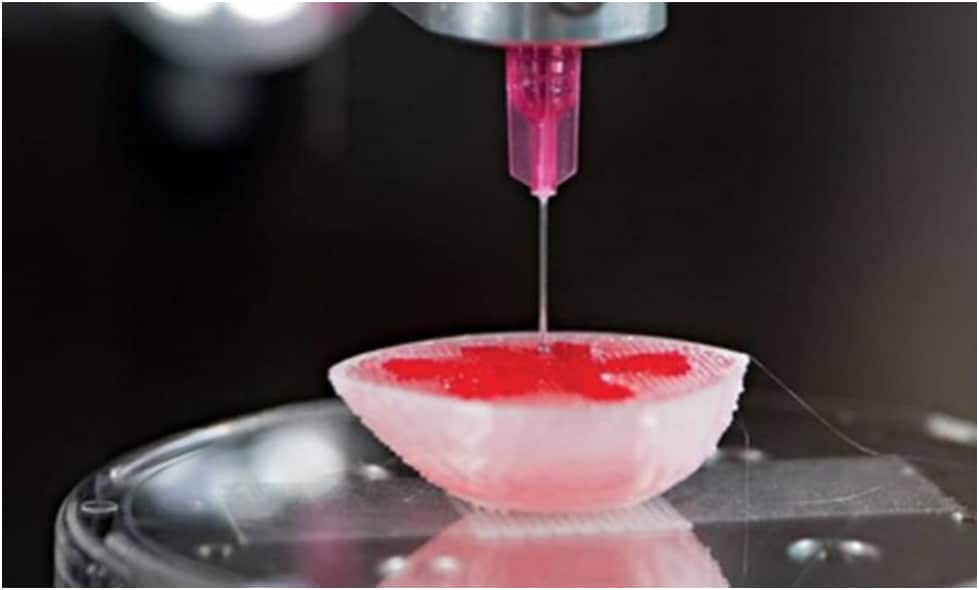Type 1 Diabetes Treatment with 3D Bioprinted Cell Therapy
Javier Ramón Azcón, an ICREA research professor and leader of the Biosensors for Bioengineering group at the Institute for Bioengineering of Catalonia (IBEC), secures the prestigious “ERC Proof of Concept Grant” from the European Research Council (ERC). This grant supports the exploration of commercial and societal potential in research projects previously funded by the ERC. Under the project name “Uniink,” Ramón is pioneering a groundbreaking approach to treat Type 1 diabetes, employing cell therapy and 3D bioprinting.
Type 1 Diabetes Challenge:
Type 1 diabetes arises from the immune system’s destruction of the pancreas’s β cells, responsible for insulin production. Traditional insulin injections, lacking dynamic glucose level responsiveness, present limitations. An alternative, cell therapy, involves transplanting pancreatic islets from deceased donors. These islets contain vital insulin-producing β cells. While effective, its broader adoption faces hurdles like donor compatibility and recipient immunosuppression, as the immune system identifies transplanted islets as foreign invaders.
Tip: Please fill out this form to determine whether or not you or a friend are eligible for a CGM and, Also learn about Glucometer
The Evolution: Uniink:
Uniink marks a transformative step in this therapy. It introduces an innovative 3D bioprinting technique to produce biocompatible microspheres loaded with insulin-secreting cells, responsive to external glucose signals. The incorporation of protective barriers shields transplanted cells from the host’s immune system. This groundbreaking approach promises to enhance graft recovery and reinstate natural glucose level regulation.
Read Guide about Wegovy Dosage Guide: The Best Way For Weight Loss
Innovators and Collaborators:
The inventive system originated during Laura Clua Ferré’s doctoral thesis within Ramón’s research group. Building upon Clua’s work, the IBEC team will evaluate Uniink’s effectiveness through mouse models. Collaboration with Anna Novials’ group at the August Pi i Sunyer Biomedical Research Institute (IDIBAPS) for donor cell procurement is part of the project’s future endeavors.
Must Read About: Innovative Implantable Device
Towards Clinical Application:
A patent has already been filed for the encapsulation system, and the project’s visionary, Javier Ramón, envisions the possibility of establishing a new company and partnering with private entities. The goal is to advance this technology toward clinical application, potentially revolutionizing Type 1 diabetes treatment and offering renewed hope to affected patients.
Conclusion:
Uniink represents a pioneering effort at the intersection of bioprinting and cell therapy, promising a brighter future for those grappling with Type 1 diabetes. With research and innovation as its compass, Uniink stands poised to transform the landscape of diabetes treatment, ushering in a new era of hope and possibility for patients.


